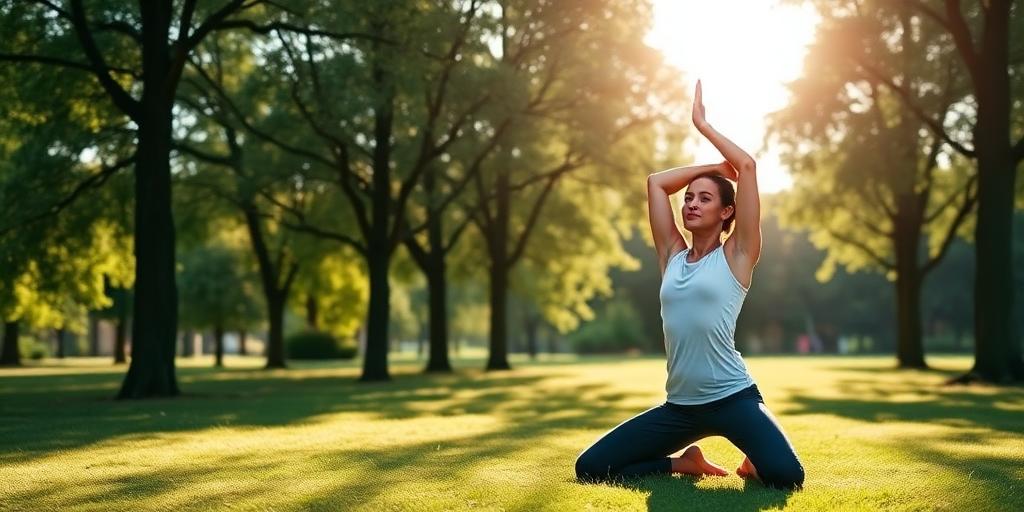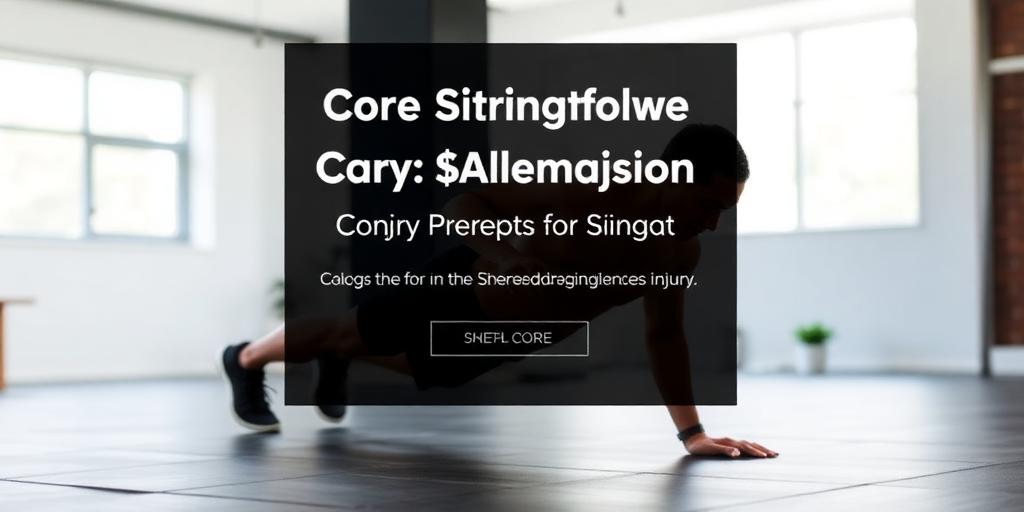Training Programs for Older Adults: Staying Active and Strong
As we age, maintaining an active and strong lifestyle becomes increasingly important. Regular physical activity can help older adults improve their physical and mental health, maintain independence, and enhance their overall quality of life. This post explores various training programs tailored for older adults, highlighting their benefits and how to get started.
Benefits of Training Programs for Older Adults
Engaging in regular training programs offers numerous benefits for older adults:
- Improved Physical Health: Training programs can enhance cardiovascular health, lower blood pressure, improve cholesterol levels, and reduce the risk of chronic diseases such as diabetes and heart disease.
- Increased Strength and Endurance: Strength training helps build muscle mass and bone density, which can decrease the risk of falls and fractures. Endurance exercises improve stamina and energy levels for daily activities.
- Enhanced Mobility and Balance: Programs focused on flexibility and balance can improve mobility, coordination, and stability, reducing the risk of falls and injuries.
- Better Mental Health: Physical activity releases endorphins, which can improve mood, reduce stress and anxiety, and enhance cognitive function. Exercise has also been linked to a lower risk of dementia and Alzheimer's disease.
- Social Interaction: Group fitness classes and training programs provide opportunities for social interaction and can help combat feelings of loneliness and isolation.
Types of Training Programs for Older Adults
There are various types of training programs designed to meet the unique needs and abilities of older adults:
Strength Training:
- Description: Strength training involves using resistance to build muscle mass and strength. This can include lifting weights, using resistance bands, or doing bodyweight exercises.
- Benefits: Improves muscle strength, bone density, and functional independence.
- Examples: Weight lifting, resistance band exercises, chair exercises.
Cardiovascular Training:
- Description: Cardiovascular training, also known as aerobic exercise, involves activities that increase heart rate and improve cardiovascular health.
- Benefits: Enhances heart health, improves circulation, and increases endurance.
- Examples: Walking, swimming, cycling, dancing.
Flexibility Training:
- Description: Flexibility training involves stretching exercises that improve range of motion and flexibility.
- Benefits: Increases flexibility, reduces stiffness, and improves posture.
- Examples: Stretching, yoga, Pilates.
Balance Training:
- Description: Balance training involves exercises that challenge and improve balance and stability.
- Benefits: Reduces the risk of falls and improves coordination.
- Examples: Tai Chi, balance board exercises, single-leg stands.
Getting Started with a Training Program
Starting a training program can be a rewarding experience. Here are some tips to help you get started:
- Consult with a Healthcare Provider: Before starting any new exercise program, it is essential to consult with a healthcare provider to ensure it is safe and appropriate for your individual health needs.
- Assess Your Fitness Level: Evaluate your current fitness level to determine the types of activities and intensity levels that are suitable for you. Start slowly and gradually increase the intensity and duration of your workouts.
- Choose Activities You Enjoy: Select activities that you find enjoyable to increase the likelihood of sticking with the program long-term. Variety can also help keep things interesting and prevent boredom.
- Find a Qualified Instructor or Program: Look for certified fitness instructors or programs that specialize in working with older adults. These professionals can provide guidance and support to ensure you are exercising safely and effectively.
- Set Realistic Goals: Set achievable goals to stay motivated and track your progress. Celebrate your accomplishments along the way.
Sample Training Program
Here is a sample training program that can be adapted to suit your individual needs and abilities:
- Monday: Strength Training (30 minutes) - Focus on major muscle groups using light weights or resistance bands.
- Tuesday: Cardiovascular Training (30 minutes) - Walk, swim, or cycle at a moderate intensity.
- Wednesday: Rest or Active Recovery - Light stretching or a leisurely walk.
- Thursday: Strength Training (30 minutes) - Repeat Monday's workout with variations.
- Friday: Flexibility and Balance Training (30 minutes) - Yoga or Tai Chi.
- Saturday: Cardiovascular Training (30 minutes) - Dance or participate in a group fitness class.
- Sunday: Rest - Allow your body to recover and prepare for the week ahead.
Conclusion
Training programs offer significant benefits for older adults, promoting physical and mental health, maintaining independence, and enhancing overall quality of life. By consulting with a healthcare provider, assessing your fitness level, and choosing activities you enjoy, you can create a training program that meets your individual needs and helps you stay active and strong as you age. Embrace the opportunity to improve your health and well-being through regular physical activity and enjoy the many rewards it offers.









